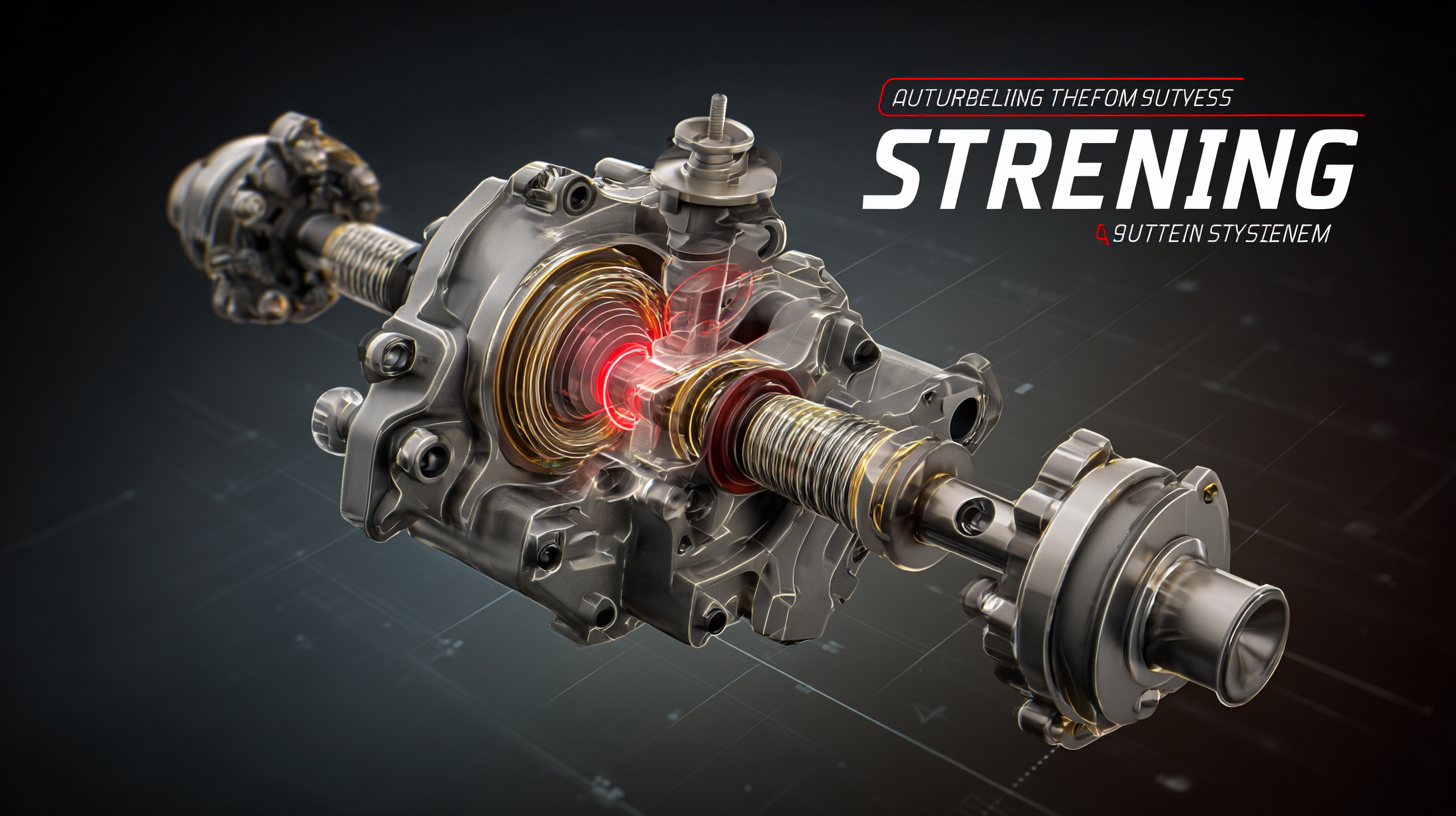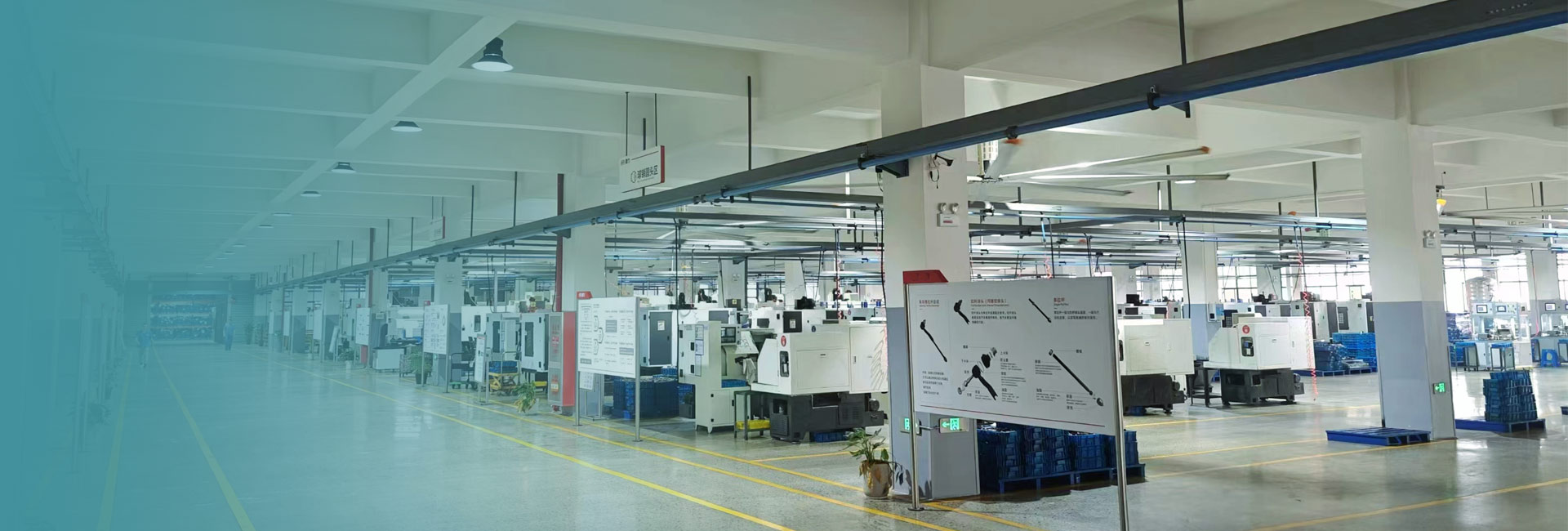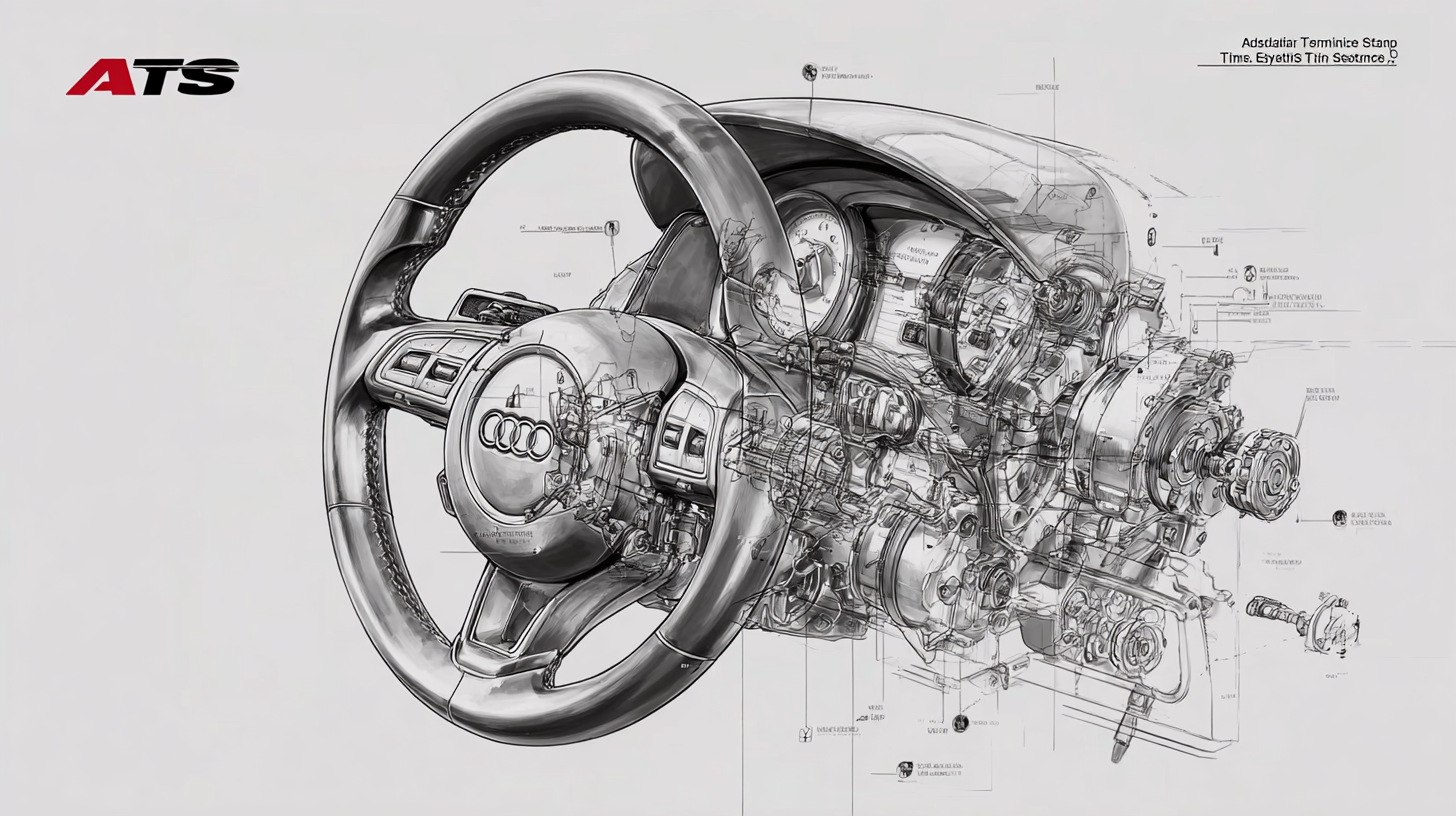Understanding the Essential Features of the Best Automobile Steering System
The Automobile Steering System is a critical component in vehicle design and performance, playing a significant role in ensuring safety and control on the road. According to the latest industry reports, the global automotive steering system market is projected to reach approximately $36 billion by 2027, growing at a CAGR of around 6% from 2020. Innovations in technology, such as electric and steer-by-wire systems, are reshaping how steering systems operate, providing enhanced driver feedback and precision.
As manufacturers in leading factories worldwide strive to meet increasing consumer demands and stricter safety regulations, understanding the essential features of the best automobile steering systems becomes paramount. This blog will delve into the key characteristics that define top-tier steering systems, exploring their impact on vehicle dynamics and overall driving experience.
The Evolution of Automobile Steering Systems: A Historical Perspective
The evolution of automobile steering systems has seen remarkable transformations, reflecting advancements in technology and changing consumer demands. In the early days of the automobile, steering systems were rudimentary, often utilizing a simple gear mechanism that required significant driver effort. These mechanical assemblies limited precision and made driving less intuitive. As automobiles gained popularity in the early 20th century, engineers began to innovate, leading to the introduction of the worm and sector steering system, which offered improved control and reduced effort.
As automotive technology progressed through the decades, so did steering systems. The mid-20th century introduced power steering, revolutionizing the driving experience by employing hydraulic pressure to assist in steering. This not only made vehicles easier to maneuver but also enhanced safety and driver comfort. More recently, electronic power steering systems have emerged, utilizing electric motors for greater efficiency and responsiveness. These modern systems enable features such as lane-keeping assistance and automated steering, paving the way for advancements in autonomous driving technology. The continuous evolution of steering systems highlights the industry's commitment to enhancing both vehicle performance and driver experience.
Evolution of Automobile Steering Systems
This chart represents the evolution of automobile steering systems over the decades, illustrating the timeline of significant developments from the 1850s to the 2020s.
Key Features That Define the Best Steering Systems in Modern Vehicles
In modern automobiles, the steering system plays a pivotal role in ensuring safety, control, and overall driving experience. The best steering systems are defined by several key features that enhance vehicle handling and driver comfort. According to a recent report from the International Journal of Automotive Technology, advanced steering technologies like EPS (Electronic Power Steering) have become increasingly popular, with a market growth rate projected at 6.3% annually through 2026. This growth is driven by their ability to improve fuel efficiency and reduce the weight of traditional hydraulic systems.

Another critical feature is the integration of steering feedback mechanisms, which provide drivers with real-time information about road conditions and vehicle dynamics. Studies by the Society of Automotive Engineers indicate that systems equipped with active feedback technology can reduce driver fatigue and increase response times by up to 20%. Additionally, innovations like steer-by-wire systems are revolutionizing the way drivers interact with their vehicles, allowing for more precise control and customization based on individual preferences. These advancements are shaping the future of vehicle design and ensuring that steering systems remain at the forefront of automotive technology.
The Role of Technology in Enhancing Steering System Performance
The evolution of automobile steering systems has been significantly influenced by advancements in technology, resulting in improved performance and safety for drivers. Traditional mechanical systems are being replaced or enhanced by electronic power steering (EPS), which utilizes sensors and motors to provide precise control and feedback. This technology allows for real-time adjustments based on road conditions and driver inputs, ensuring a more responsive and enjoyable driving experience.
Moreover, modern steering systems are integrated with various driver-assistance technologies such as lane-keeping assist and adaptive cruise control. These systems utilize cameras and radar to monitor the vehicle's surroundings, making adjustments to the steering when necessary to maintain proper vehicle alignment and distance from other cars. As a result, the synergy between steering systems and vehicle automation not only enhances performance but also contributes significantly to overall road safety by reducing the likelihood of human error. The ongoing development in this area promises even greater innovations, paving the way for a future where steering systems are central to intelligent vehicle operation.
Safety Innovations in Automobile Steering Systems for the Future
As the automotive industry evolves, safety innovations in steering systems are becoming increasingly essential for the future of transportation. With the passenger car intelligent steering market projected to reach a staggering $45 billion by 2032, at a CAGR of 6.04%, the integration of advanced technologies is transforming vehicle safety and control. Emerging innovations such as electric power steering and steer-by-wire systems are crucial to enhancing driving precision and responsiveness, which significantly contribute to accident reduction and improved vehicular safety features.
Sensors play a pivotal role in the modernization of steering systems. These advancements in electrification and electronification not only enhance safety but also promote connectivity and infotainment within vehicles. The incorporation of these high-tech systems enables real-time adjustments to driving conditions, thereby bolstering driver awareness and proactive safety measures. Moreover, the rise of remote-driving services further emphasizes the need for sophisticated steering controls that can operate seamlessly even from a distance. This blend of traditional automotive engineering and pioneering technologies indicates a significant shift towards smarter, safer mobility solutions for the future.
Environmental Considerations in the Design of Next-Gen Steering Systems
As the automotive industry pivots towards sustainability, designing next-generation steering systems has incorporated critical environmental considerations. Manufacturers are increasingly focused on reducing the carbon footprint during production, which includes utilizing recyclable materials and minimizing waste. Innovations such as bio-based plastics and lightweight composites not only enhance performance but also contribute to a greener manufacturing process. These materials can significantly reduce vehicle weight, leading to improved fuel efficiency and lower emissions throughout the vehicle's lifecycle.
Moreover, the integration of smart technology in steering systems offers another layer of environmental benefit. Advanced features such as electronic power steering can optimize energy use, dynamically adjusting assistance based on driving conditions, which further reduces energy consumption. As these systems evolve, they can also communicate with other vehicle components to promote overall efficiency. In tandem with autonomous driving trends, future steering systems will likely prioritize eco-friendliness, demonstrating how performance and sustainability can coexist harmoniously in modern automotive design.








